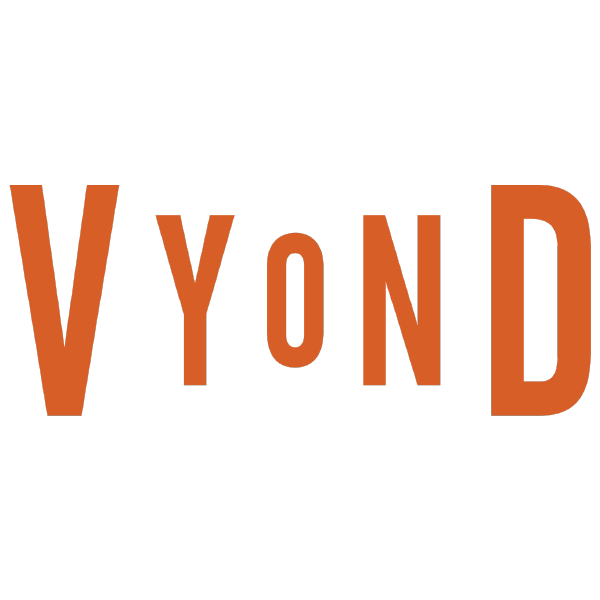ATD Blog
Using Five Whys to Develop Employee Training Programs
Thu Jan 07 2021

On the Vyond Team, we work to help people create their own animations with our cloud-based video platform. It’s an easy way to produce low-cost, high-impact content, so it makes sense that many instructional designers use videos they create on vyond.com to build engaging employee development programs.
Over time, we’ve seen a lot of fantastic content (and some not-so-fantastic content). We’ve also seen just how hard it is to build an employee training program from scratch. Often, just getting started proves to be the biggest challenge of all.
Our advice is to start by determining your team’s needs.
To create an engaging and effective employee development program, you’ll need to rely on those employees to understand what it is they actually need. Instructional designers in large organizations will often skip over this critical foundational work and skip to defining objectives, OKRs, KPIs, and other metrics that feel quantifiable, reportable, and demonstrable.
Measurable metrics feel more certain, so they get used to attract early buy-in from key stakeholders across the business. Your primary stakeholder, however, is the employee your program is designed to train.
Defining objectives for an employee training program before you can describe the needs of your employees is foolhardy because it creates disengaging content that fails to meaningfully impact how people work. That’s why exploring the team’s needs is step one in our guide for developing an effective employee training program.
What problem are you trying to solve? Start with what inspired your team to build an employee training program in the first place then keep digging with a sharp focus on your employees.
There are a lot of great methods for analyzing root cause to better understand why your employees need this training program. Fishbone diagrams are one approach to deeply explore sequences of cause and effect. Originally designed for quality control and troubleshooting in the automotive industry, fishbone (or Ishikawa) diagrams challenge us to ask “five whys,” a rudimentary framework for progressive inquiry.
Let’s say you wanted to create an employee training program for support agents to improve customer service. If you defined objectives for the training program without further exploration of what those support agents need, you might constrict yourself to customer support metrics:
Improve customer satisfaction (NPS score) by more than 10 points
Reduce customer service abandonment rate to less than 1 percent
Reduce average first response time to less than 24 hours
By instead asking yourself “why” five times, you can deepen your understanding of what those support agents really need:
“I want to create an employee training program for support agents to improve customer service.”
Why do you want to improve customer service?
Because survey data shows our customers aren’t satisfied with the support they’re receiving.
Why aren’t they satisfied?
Because it takes a long time to solve their request.
Why does it take so long to solve their requests?
Because support agents have to wait on answers from the product team.
Why do support agents have to wait on the product team?
Because most requests are product-specific questions our support agents can’t answer.
Why can’t support agents answer product-specific questions?
Because they aren’t familiar with the product.
With this line of inquiry, you’re able to overcome attribution bias and unearth what your employees actually need out of this new training program. In this scenario, they don’t need communication skills to appease angry customers nor service level agreements to reduce response time. What your team needs is training on the product so that they can solve product-related problems knowledgeably.
Building engaging learning experiences is important. Today, it’s easy to create your own animated training videos or gamify e-learning coursework. Before you build training, though, make sure you build the right training by putting your team’s needs first.

